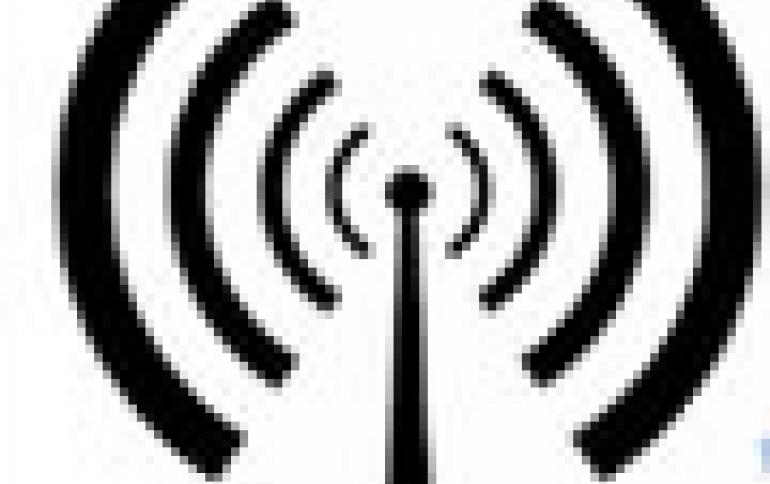
Researchers Unveil Two-way Wireless Breakthrough
A new two-way wireless technology resulting in superior voice and data services has been developed by a University of Waterloo engineering research team led by Amir K. Khandani, the Canada Research Chair in Wireless Systems.
The new technology enables wireless signals to be sent and received at the same time on a single radio channel frequency. "This means wireless companies can increase the bandwidth of voice and data services by at least a factor of two by sending and receiving at the same time, and potentially by a much higher factor through better adaptive transmission and user management in existing networks," said Khandani, a Waterloo electrical and computer engineering professor.
 Current wireless systems suffer from shortcomings similar to old walkie-talkies that don't allow users to talk and listen on the same frequency at the same time. That's because the strength of the transmission overwhelms any incoming signal on the same frequency.
Current wireless systems suffer from shortcomings similar to old walkie-talkies that don't allow users to talk and listen on the same frequency at the same time. That's because the strength of the transmission overwhelms any incoming signal on the same frequency.
"Wireless is in desperate need of a breakthrough, and two-way comes at the right time," Khandani added. "The cost in hardware and signal processing complexities and antenna size is very low and virtually the same as current one-way systems. Two-way wireless systems will also have a profound impact on wireless networks in terms of quality of service and efficiency."
The wireless advancement also opens the possibility to have ultra-secure transmission. "This can be done in ways that are much superior to current encryption techniques that are not truly secret, just hard to guess," said Khandani.
Khandani predicts two-way wireless will reshape the future of the wireless industry, which is under overwhelming pressure for higher data rates.
Next steps requires industry involvement by including two-way in forthcoming standards to enable wide spread implementation.
 Current wireless systems suffer from shortcomings similar to old walkie-talkies that don't allow users to talk and listen on the same frequency at the same time. That's because the strength of the transmission overwhelms any incoming signal on the same frequency.
Current wireless systems suffer from shortcomings similar to old walkie-talkies that don't allow users to talk and listen on the same frequency at the same time. That's because the strength of the transmission overwhelms any incoming signal on the same frequency.
"Wireless is in desperate need of a breakthrough, and two-way comes at the right time," Khandani added. "The cost in hardware and signal processing complexities and antenna size is very low and virtually the same as current one-way systems. Two-way wireless systems will also have a profound impact on wireless networks in terms of quality of service and efficiency."
The wireless advancement also opens the possibility to have ultra-secure transmission. "This can be done in ways that are much superior to current encryption techniques that are not truly secret, just hard to guess," said Khandani.
Khandani predicts two-way wireless will reshape the future of the wireless industry, which is under overwhelming pressure for higher data rates.
Next steps requires industry involvement by including two-way in forthcoming standards to enable wide spread implementation.





















